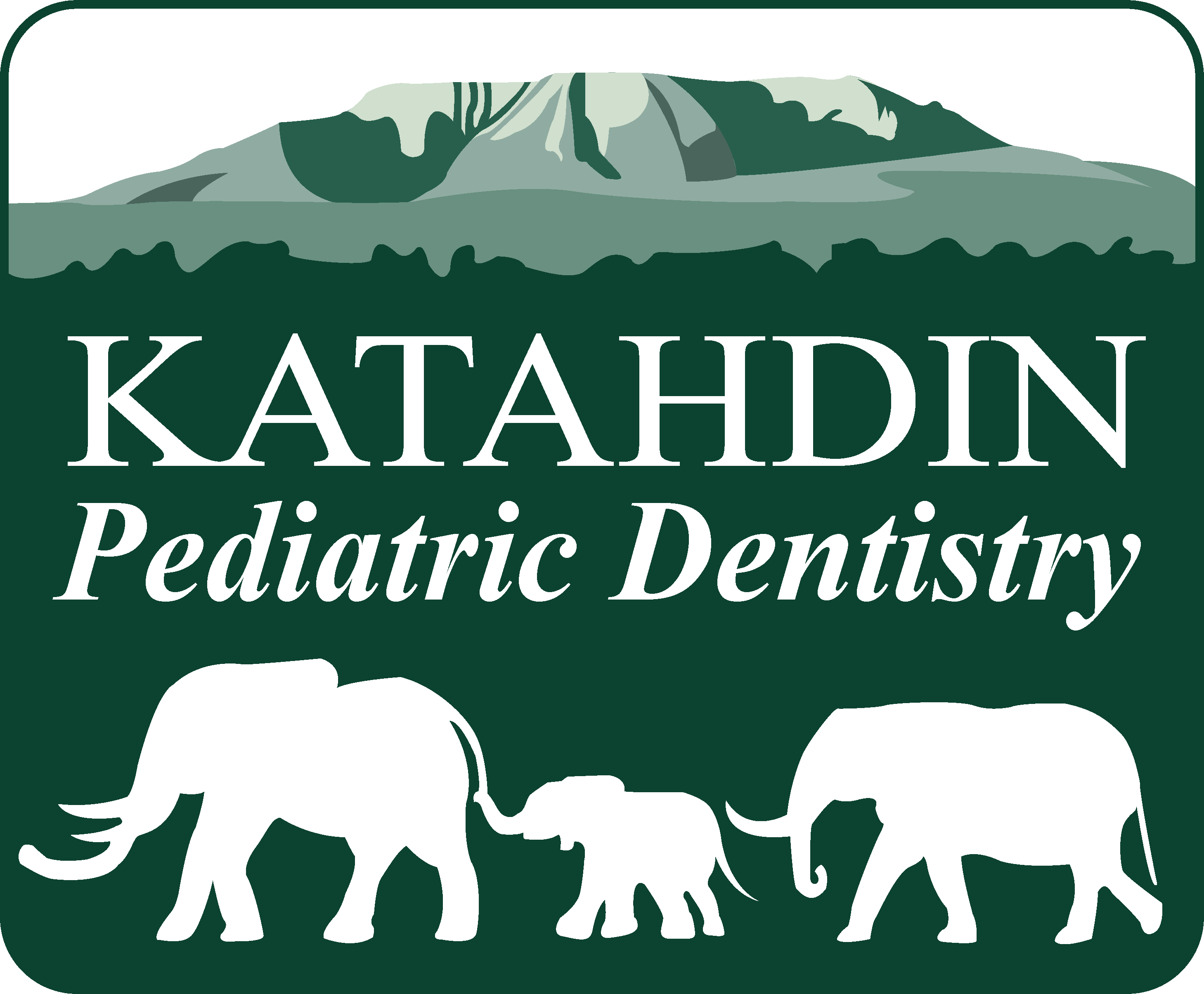General Treatment
Our practice can provide a wide range of dental services for your children. Our flexibility in our services saves you time and keeps your total dental care within one practice. Our emphasis is on total preventive care for our patients. Total care begins with regular hygiene visits, regular check-ups and continued home oral health routines.
We provide many preventative measures to keep your child’s teeth clean and healthy, including sealants and fluoride treatments. We also educate the parents in early detection of some common problems children may face, including thumb sucking, bruxism and baby bottle tooth decay.
Our primary goal for your children’s dental development is to achieve and maintain optimum oral health through advances in techniques, technologies and by maintaining their scheduled dental exams.
Sedation Dentistry
Sedation dentistry refers to the use of sedation during dental treatment. Sedation is most commonly used during extensive procedures, for patients with dental phobia or for patients who find it difficult to sit still. There are different types of sedation, including nitrous oxide (“laughing gas”), IV sedation, oral sedatives and general anesthetic.
Sedation can range from the use of nitrous oxide to calm a patient to general anesthetics used to put patients to sleep. Patients with dental phobia, low pain tolerance, major dental treatment, physical handicaps or strong gag reflexes may require sedation. Procedures like fillings, crowns, bridges, root canals, extractions, cosmetic procedures and periodontal treatments often require sedation.
Sedation is endorsed by the American Dental Association and is an effective way to make many patients comfortable during their dental visit. Before using a sedative or anesthetic, it is important to tell your pediatric dentist about any medications or medical treatments your child is receiving. Before administering any sedative or anesthetic, your pediatric dentist will talk to you about the process of sedation and pre- and post-sedation instructions.
Laughing Gas
Nitrous oxide, more commonly known as laughing gas, is often used as a conscious sedative during a dental visit. The gas is administered with a mixture of oxygen and has a calming effect that helps phobic or anxious patients relax during their dental treatment. Because it is a mild sedative, patients are still conscious and can talk to their pediatric dentist during their visit. After treatment, the nitrous is turned off and oxygen is administered for five to 10 minutes to help flush any remaining gas. The effects wear off almost immediately. Nitrous oxide rarely has side effects, although some patients may experience minor nausea and constipation. Your pediatric dentist will provide you with pre- and post-sedation instructions.
